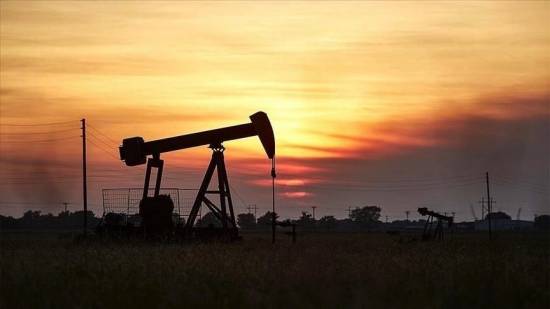By: Jose Chalhoub*
Oil prices have seen record highs in recent weeks with the US benchmark hitting a 32-month high and Brent rising above $73 per barrel.
The market is growing increasingly bullish on demand while the return of Iranian oil now looks more distant and uncertain in the short term than initially expected.
In this regard, oil prices early Tuesday continued their upward move, with Brent crossing the $73 threshold and West Texas Intermediate trading above $71 in early trading in Asian markets keeping the positive momentum of recent weeks on the back of bullish demand reports by OPEC and the International Energy Agency (IEA).
Global oil demand will rise by 6 million barrels per day (bpd) this year from the lows of 2020, driven by the rise of consumption in China and the US, especially in the second half of 2021 with growing economies and border re-openings, OPEC said Thursday in its monthly report.
Subsequently and interestingly, a day later, the IEA urged OPEC to ramp up oil production to ensure adequate supply amid expectations of surging demand. That was curiously a few weeks after it called for stopping investments in oil and gas to reach net-zero carbon emissions by global powers.
“Our first detailed look at 2022 balances confirms earlier expectations that OPEC+ needs to open the taps to keep the world oil markets adequately supplied. Global oil demand will continue to recover and, in the absence of further policy changes, by end-2022 reach 100.6 mb/d,” IEA said in its Oil Market Report on Friday.
Also joining recent bullish voices for oil prices, Goldman Sachs said it was plausible to see a level of $100 per barrel, amplifying a cheerful and optimistic attitude in markets.
Talks about Iran and the US returning to the nuclear deal resumed last weekend but skepticism is growing about the potential to reach an agreement ahead of the Iranian presidential election on Friday.
But on the other hand, the issue of the expansion of the Delta variant of the coronavirus and the spike in cases in countries like the UK, where Prime Minister Boris Johnson delayed for four weeks the total lift of the country’s lockdown because of it, and in other countries in Europe and in Asia, threatens to put the brakes to the growing optimism about the economic recovery and the acceleration of global oil demand despite the speedy yet uneven global vaccination process.
And there is the other element that could pose a hurdle in the medium- and long-term global oil demand which is inflation, related to the growing rise in prices of commodities and the price of the US dollar, the most relevant currency in oil transactions, all this as a consequence of the pandemic and which could in the long term, if oil prices rise too high, inflict another pain to oil-importing nations especially in Asia, representing one key challenge for OPEC+ after being tested during the whole pandemic period.
Overall, in a totally different picture than the one lived during 2020 with the unfolding of the pandemic, the oil price war between the Saudis and Russians --leading even oil prices to turn negative -- once again OPEC+ will have another challenge, this time, to keep a balance between their fiscal and macro needs and a sustained global economic recovery and this will be significantly determined by an adequate price of oil.
------------------------------------------
*The author is a freelance political risk and oil analyst based in Caracas
**Opinions expressed in this article are the author's own and do not necessarily reflect the editorial policy of Al-Mujtama.


